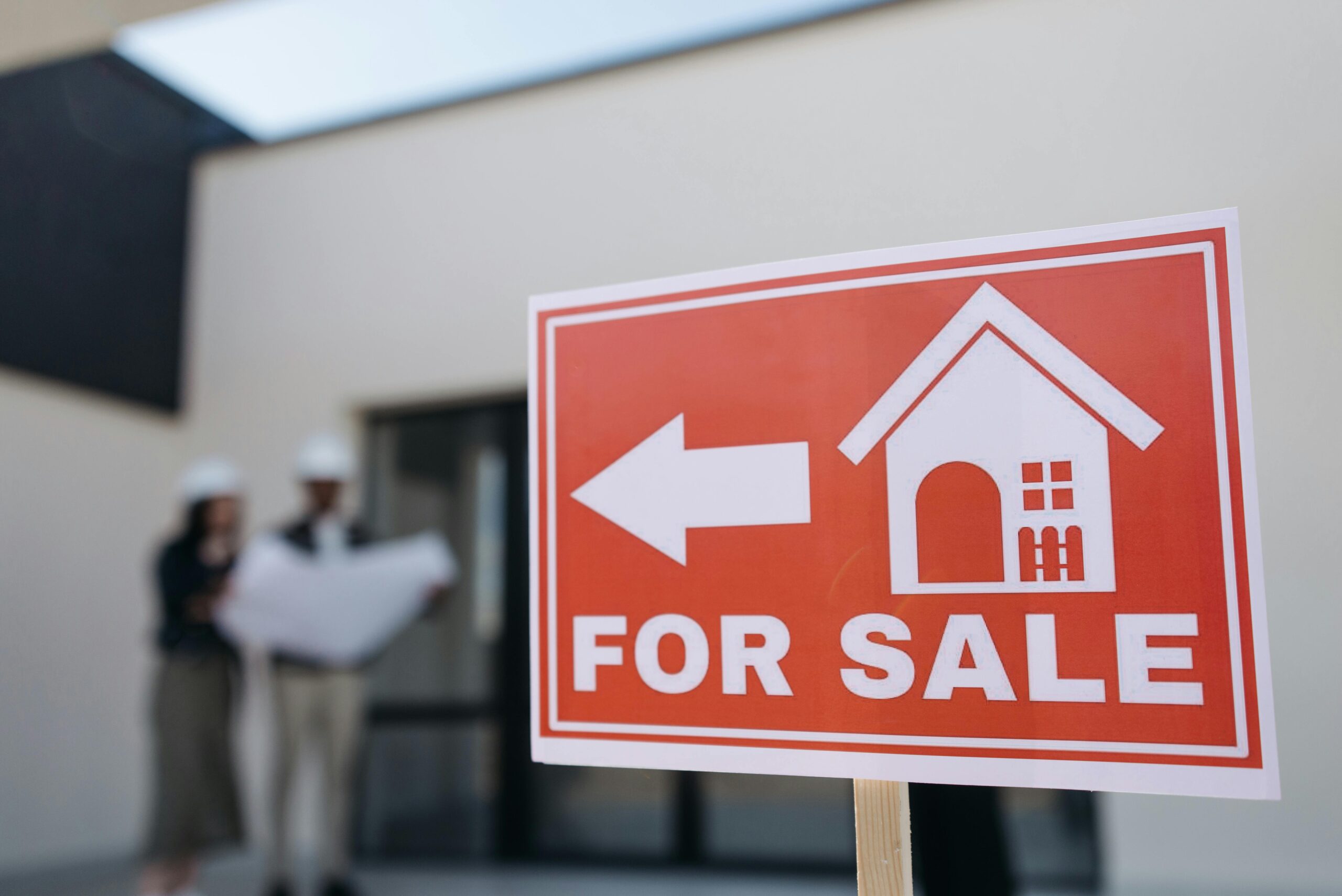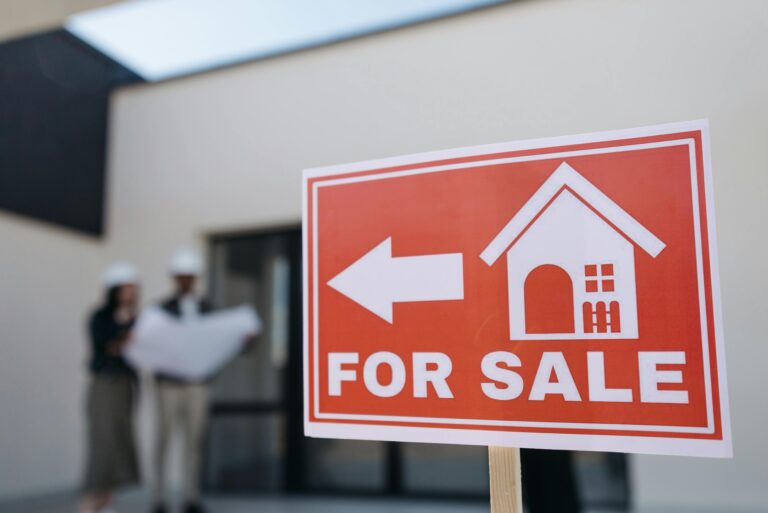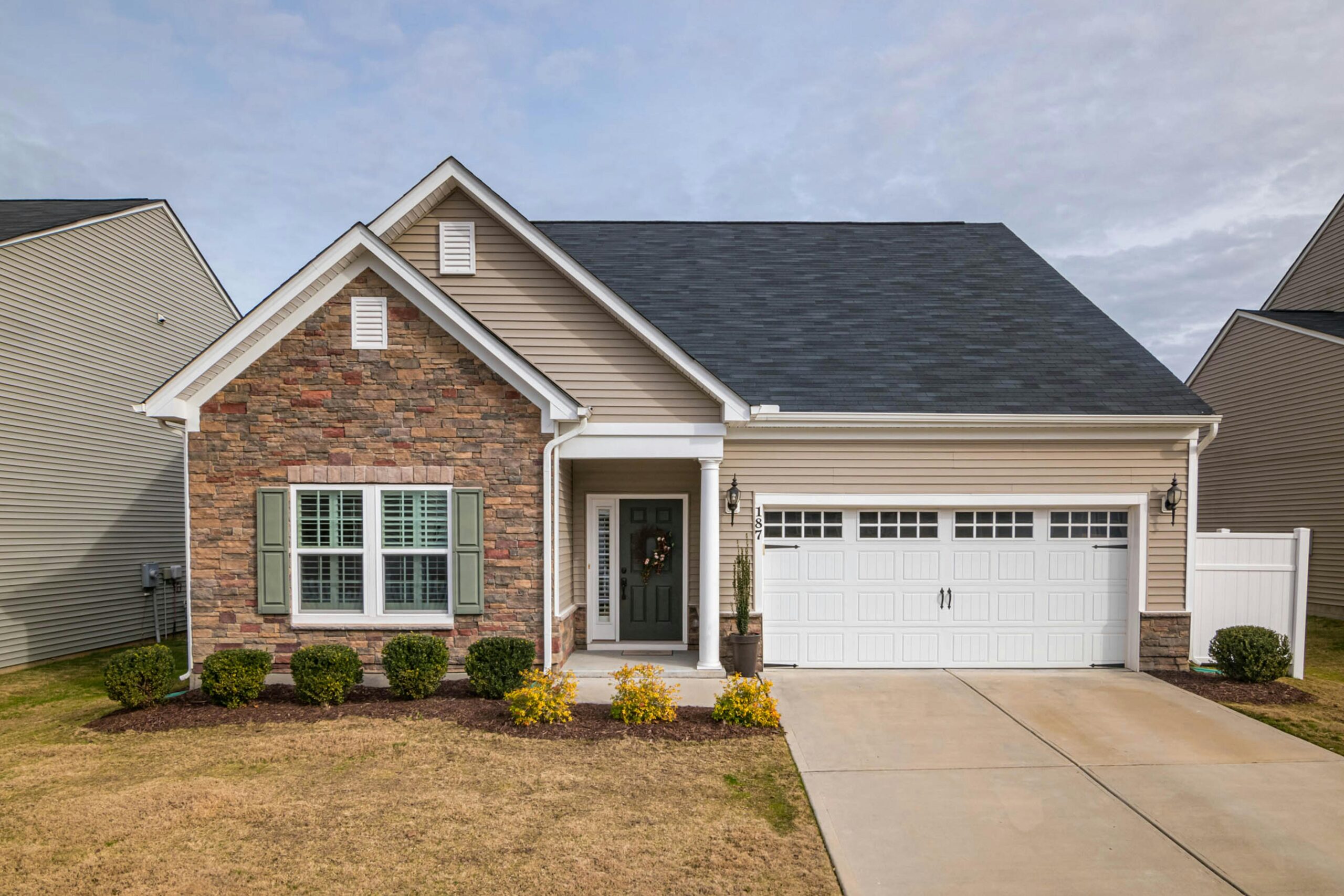In May 2025, new single‑family home sales tumbled 13.7% from April, hitting an annualized pace of 623,000 units the lowest level since October 2024, marking a seven‑month low and exceeding analysts’ expectations. This decline extends a troubling pattern in the housing sector, raising questions about affordability, builder confidence, and broader economic resilience. Here’s an in‑depth analysis of what happened, why it matters, and what comes next.
1. The Numbers That Tell the Story
-
Sales down 13.7% month-over-month: April’s adjusted pace was revised from 743,000 to 722,000 not enough to offset May’s drop to 623,000, marking a sharp correction.
-
Year-over-year decline: New-home sales are 6.3% lower than May 2024 levels.
-
Inventory buildup: Unsold new homes increased to roughly 507,000 units, the highest level since late 2007, representing a 9.8‑month supply at the current sales pace. Traditionally, six months’ inventory signals a balanced market.
-
Median home price up: The median price edged higher to $426,600, a 3.7% increase from April and roughly 3% year-over-year.
-
Mortgage rate pressure: With the 30-year fixed mortgage rate hovering around 7%, affordability remains a major drag.
2. Regional Differences: South and West Lead the Plunge
The decline was uneven across the nation:
-
The South home to the largest share of new-home activity, plunged nearly 21% from April, with a 15.5% drop year-over-year.
-
The West and Midwest also experienced notable sales declines.
-
In contrast, the Northeast saw a modest uptick in new-home contracts .
This divergence highlights how local economics, builder activity, and inventory levels shape regional outcomes.
3. Why This Decline Happened
Several key factors converged in May:
-
High mortgage rates
The 30-year fixed rate remains stubborn. These levels significantly increase monthly payments and deter many buyers, especially first-timers. -
Mounting home prices
Continued upward pressure on prices, including a push to record high median values, has placed new homes out of reach for many . -
Builder cautions and incentives
Facing weakening demand, builders pulled back on starts housing starts reached a five-year low in May. Yet 37% of builders reported price cuts to move inventory . -
Construction cost and labor headwinds
Tariffs on materials like lumber and steel have driven up build costs by over 40% compared to pre-pandemic levels. Builder sentiment has hit its weakest level since late 2022. -
Economic uncertainty
Trade friction, inflation fears, and no clear path on interest rate cuts have dampened market confidence. Federal Reserve and Treasury yields remain elevated amid cooling signals.
4. Broader Market Ripples
-
Shift Toward buyer’s market
Nearly 10 months of new-home inventory, coupled with price cuts, gives buyers more power. This dynamic softens builder pricing leverage. -
Impact on GDP and jobs
Residential investment is expected to subtract from GDP about 0.2 percentage points while construction hiring slows, signaling broader economic effects. -
Strains in existing-home market
Pending sales are soft, and cancellations of purchase contracts have increased pending closings fell through at the highest May rate since 2017 .
5. Glimmers of Optimism
Despite the drag in new-home sales, some positive indicators are emerging:
-
Slight boost in pending sales: A 1.8% month-over-month rise in pending home sales suggests increased buyer interest.
-
Mortgage rates easing: Rates have ticked down from 6.86% a year ago to about 6.77% most recently offering modest relief .
-
Improved affordability dynamics: With rising inventory and widespread concessions, charts indicate that buying conditions may ease in the second half of the year .
Yet affordability remains challenging even with lower rates especially for first-time buyers.
6. Looking Ahead: Outlook for Home Sales
Short-term view (Q3–Q4 2025):
-
Housing markets will likely remain sluggish, weighed down by elevated borrowing costs and cautious consumer sentiment.
-
Builders may ramp up incentives mortgage buydowns, upgrades, price reductions to move inventory.
-
A downtrend in construction might stabilize supply, but months-to-sell will likely remain high.
Mid to long-term factors:
-
If mortgage rates gradually drift toward the 6–7% range and inflation cools, transactional activity could recover by late 2025 or into early 2026.
-
Demographic demand from Millennials entering parenthood and Gen Z forming households could sustain longer-term demand.
-
Policy shifts like mortgage support, reduced tariffs, and streamlining of permits could help ease supply constraints.
7. What Buyers, Builders, and Policymakers Should Watch
For buyers:
-
Leverage the buyer-friendly market: negotiate upgrades, ask for help with closing costs, and time moves around rate dips.
-
Keep an eye on rate trends; even modest declines offer savings.
-
Consider government-backed loans (FHA/VA), which are gaining traction with smaller down payments.
For builders:
-
Balance inventory with production: With slowing starts, a tighter alignment can prevent oversupply.
-
Watch material tariffs and labor costs proactive supply chain planning is key.
-
Focus on incentives that align with buyer needs: energy efficiency, customization, and financing support.
For policymakers:
-
Consider addressing construction cost burdens: tariffs, labor migration policies, and local permitting speeds.
-
Promote affordability: down-payment subsidies, first-time buyer support, and flexible financing.
-
Monitor regional disparities to target support to areas like the overheated South, where overbuilding is occurring, and the calmer Northeast & Midwest.
8. Summary Table
| Measure | May 2025 Figure | Context & Trend |
|---|---|---|
| Annualized new-home sales | 623,000 | 13.7% ↓ MoM, 6.3% ↓ YoY; 7-month low |
| Months’ supply | 9.8 months | Highest since 2007; buyer-friendly conditions |
| Median new-home price | $426,600 | 3.7% ↑ MoM, 3% ↑ YoY persistent price pressure |
| 30-year fixed mortgage rate | ~7% | Major affordability constraint |
| Builder sentiment | Lowest since Dec 2022 | Reflects deep sector caution |
| Housing starts | 5-year low in May | Indicating a production slowdown |

Final Thoughts
The steep drop in new‑home sales to a seven‑month low offers a microcosm of two overlapping housing challenges:
-
Affordability concerns due to high rates and inflated prices suppress buyer demand.
-
Supply-sensitive builder behavior, with caution leading to slower starts but increasing incentives to shift inventory.
The result: a market morphing from seller-awash in demand to buyer-friendly, albeit strained.
That said, signals of plateauing rates, shifting buyer sentiment, and easing builder pressure suggest the worst may be behind us. The coming months hinge on whether rates fall and prices stabilize, or if economic headwinds and policy gridlock delay recovery.
For buyers, this transition phase is an opportunity to capitalize. For builders and policymakers, it’s a critical moment to address systemic constraints and support balanced, fair housing access.






